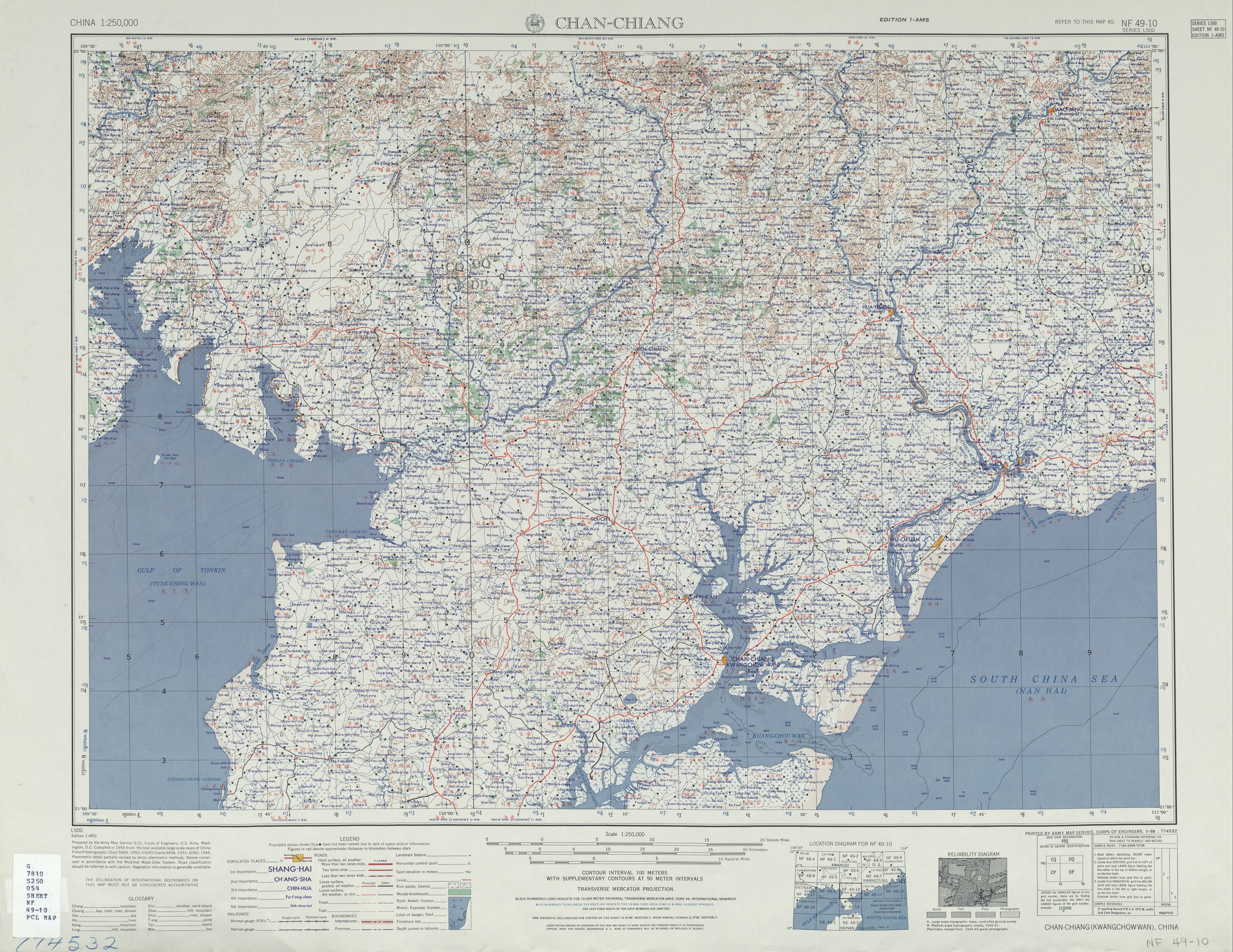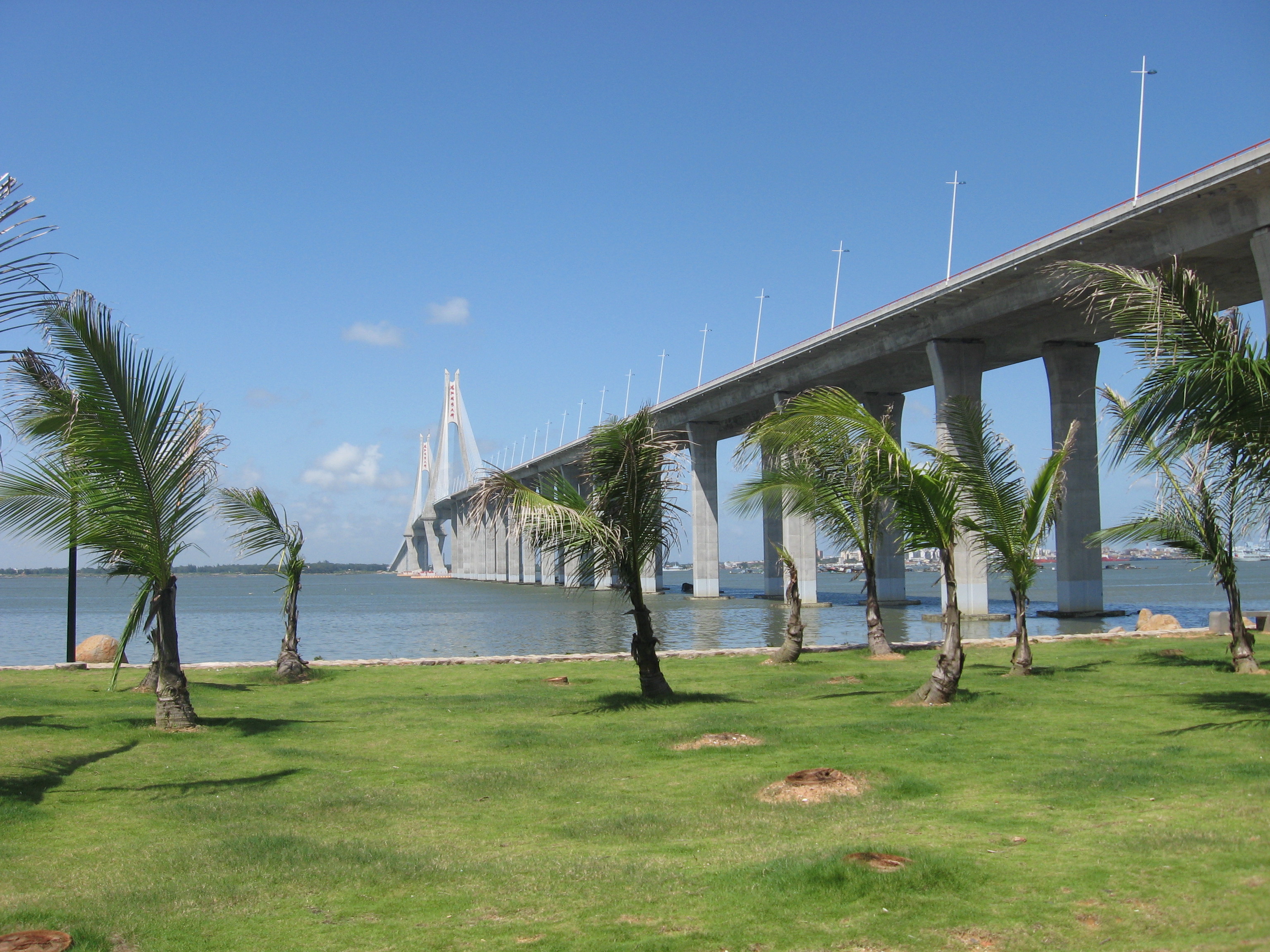|
Cunjin Bridge Park
Cunjin Bridge Park (also called Cunjin Park) is located in the prefecture-level city Zhanjiang, China. As one of the largest parks in Zhanjiang, it is a popular tourist destination and is included in the old Zhanjiang Eight (Eight well-known tourist attractions)."Zhanjiang.gov". Cunjin Bridge Park is named after the Cunjin Bridge which was built in 1925 to commemorate Zhanjiang People’s resistance against French invasion in 1898. “Cunjin” (寸金), this word contains the meaning that an inch land of Chinese national territory is worth an inch of gold and we Chinese do not allow any foreign encroachment on our territory. An anti-French hero statue is erected at the center square of the park. History On March 11, 1898, ...[...More Info...] [...Related Items...] OR: [Wikipedia] [Google] [Baidu] |
Zhanjiang
Zhanjiang (), historically spelled Tsamkong, is a prefecture-level city at the southwestern end of Guangdong province, People's Republic of China, facing Haikou city to the south. As of the 2020 census, its population was 6,981,236 (6,994,832 in 2010) whom 1,931,455 lived in the built-up (or metro) area consisting of four urban districts: Chikan, Xiashan, Potou and Mazhang. In 2007, the city was named China's top ten livable cities by Chinese Cities Brand Value Report, which was released at 2007 Beijing Summit of China Cities Forum. History Imperial China era During the Qin Dynasty (221–206 BC), the area belonged to Xiang Shire. The imperial government of the Han Dynasty (206 BC−220 AD) set Xuwen County as the administrator of the whole Leizhou Peninsula. It was one of the earliest departure points on the Maritime Silk Road. It was a city port soon after. Great numbers of Putian colonists settled in the Leizhou peninsula, establishing colonies during the S ... [...More Info...] [...Related Items...] OR: [Wikipedia] [Google] [Baidu] |
China
China, officially the People's Republic of China (PRC), is a country in East Asia. It is the world's most populous country, with a population exceeding 1.4 billion, slightly ahead of India. China spans the equivalent of five time zones and borders fourteen countries by land, the most of any country in the world, tied with Russia. Covering an area of approximately , it is the world's third largest country by total land area. The country consists of 22 provinces, five autonomous regions, four municipalities, and two Special Administrative Regions (Hong Kong and Macau). The national capital is Beijing, and the most populous city and financial center is Shanghai. Modern Chinese trace their origins to a cradle of civilization in the fertile basin of the Yellow River in the North China Plain. The semi-legendary Xia dynasty in the 21st century BCE and the well-attested Shang and Zhou dynasties developed a bureaucratic political system to serve hereditary monarchies, or dyna ... [...More Info...] [...Related Items...] OR: [Wikipedia] [Google] [Baidu] |
Zhanjiang Eight
Zhanjiang (), historically spelled Tsamkong, is a prefecture-level city at the southwestern end of Guangdong province, People's Republic of China, facing Haikou city to the south. As of the 2020 census, its population was 6,981,236 (6,994,832 in 2010) whom 1,931,455 lived in the built-up (or metro) area consisting of four urban districts: Chikan, Xiashan, Potou and Mazhang. In 2007, the city was named China's top ten livable cities by Chinese Cities Brand Value Report, which was released at 2007 Beijing Summit of China Cities Forum. History Imperial China era During the Qin Dynasty (221–206 BC), the area belonged to Xiang Shire. The imperial government of the Han Dynasty (206 BC−220 AD) set Xuwen County as the administrator of the whole Leizhou Peninsula. It was one of the earliest departure points on the Maritime Silk Road. It was a city port soon after. Great numbers of Putian colonists settled in the Leizhou peninsula, establishing colonies during the S ... [...More Info...] [...Related Items...] OR: [Wikipedia] [Google] [Baidu] |
Guangzhouwan
The Leased Territory of Guangzhouwan, officially the , was a territory on the coast of Zhanjiang in China leased to France and administered by French Indochina. The capital of the territory was Fort-Bayard, present-day Zhanjiang. The Japanese occupied the territory in February 1943. In 1945, following the surrender of Japan, France formally relinquished Guangzhouwan to China. The territory did not experience the rapid growth in population that other parts of coastal China experienced, rising from 189,000 in the early 20th century to just 209,000 in 1935. Industries included shipping and coal mining. Geography The leased territory was situated on the east side of the Leizhou Peninsula (french: Péninsule de Leitcheou), near Guangzhou, around a bay then called Kwangchowan, now called the Port of Zhanjiang. The bay forms the estuary of the Maxie River (Chinese: , french: Rivière Ma-The). The Maxie is navigable as far as inland even by large warships. The territory leased ... [...More Info...] [...Related Items...] OR: [Wikipedia] [Google] [Baidu] |
Chikan District
Chikan District () is a district of the city of Zhanjiang, Guangdong province, People's Republic of China. Administration The Chikan District is separated by 5 urban sub-districts and 3 townships: References External links County-level divisions of Guangdong Zhanjiang {{Guangdong-geo-stub ... [...More Info...] [...Related Items...] OR: [Wikipedia] [Google] [Baidu] |
Guo Moruo
Guo Moruo (; November 16, 1892 – June 12, 1978), courtesy name Dingtang (), was a Chinese author, poet, historian, archaeologist, and government official. Biography Family history Guo Moruo, originally named Guo Kaizhen, was born on November 10 or 16, in the small town of Shawan, located on the Dadu River some southwest from what was then called the city of Jiading (Lu) (Chia-ting (Lu), ), and now is the central urban area of the prefecture level city of Leshan in Sichuan Province. At the time of Guo's birth, Shawan was a town of some 180 families.David Tod Roy, "Kuo Mo-jo: The Early Years". Harvard University Press, Cambridge, Massachusetts. 1971. No ISBN. Guo's father's ancestors were Hakkas from Ninghua County in Tingzhou fu, near the western border of Fujian. They moved to Sichuan in the second half of the 17th century, after Sichuan had lost much of its population to the rebels/bandits of Zhang Xianzhong ( 1605–1647). According to family legend, the only possessions ... [...More Info...] [...Related Items...] OR: [Wikipedia] [Google] [Baidu] |
Second Sino-Japanese War
The Second Sino-Japanese War (1937–1945) or War of Resistance (Chinese term) was a military conflict that was primarily waged between the Republic of China and the Empire of Japan. The war made up the Chinese theater of the wider Pacific Theater of the Second World War. The beginning of the war is conventionally dated to the Marco Polo Bridge Incident on 7 July 1937, when a dispute between Japanese and Chinese troops in Peking escalated into a full-scale invasion. Some Chinese historians believe that the Japanese invasion of Manchuria on 18 September 1931 marks the start of the war. This full-scale war between the Chinese and the Empire of Japan is often regarded as the beginning of World War II in Asia. China fought Japan with aid from Nazi Germany, the Soviet Union, United Kingdom and the United States. After the Japanese attacks on Malaya and Pearl Harbor in 1941, the war merged with other conflicts which are generally categorized under those conflicts of World War II a ... [...More Info...] [...Related Items...] OR: [Wikipedia] [Google] [Baidu] |
Parks In Guangdong
A park is an area of natural, semi-natural or planted space set aside for human enjoyment and recreation or for the protection of wildlife or natural habitats. Urban parks are green spaces set aside for recreation inside towns and cities. National parks and country parks are green spaces used for recreation in the countryside. State parks and provincial parks are administered by sub-national government states and agencies. Parks may consist of grassy areas, rocks, soil and trees, but may also contain buildings and other artifacts such as monuments, fountains or playground structures. Many parks have fields for playing sports such as baseball and football, and paved areas for games such as basketball. Many parks have trails for walking, biking and other activities. Some parks are built adjacent to bodies of water or watercourses and may comprise a beach or boat dock area. Urban parks often have benches for sitting and may contain picnic tables and barbecue grills. The larges ... [...More Info...] [...Related Items...] OR: [Wikipedia] [Google] [Baidu] |




